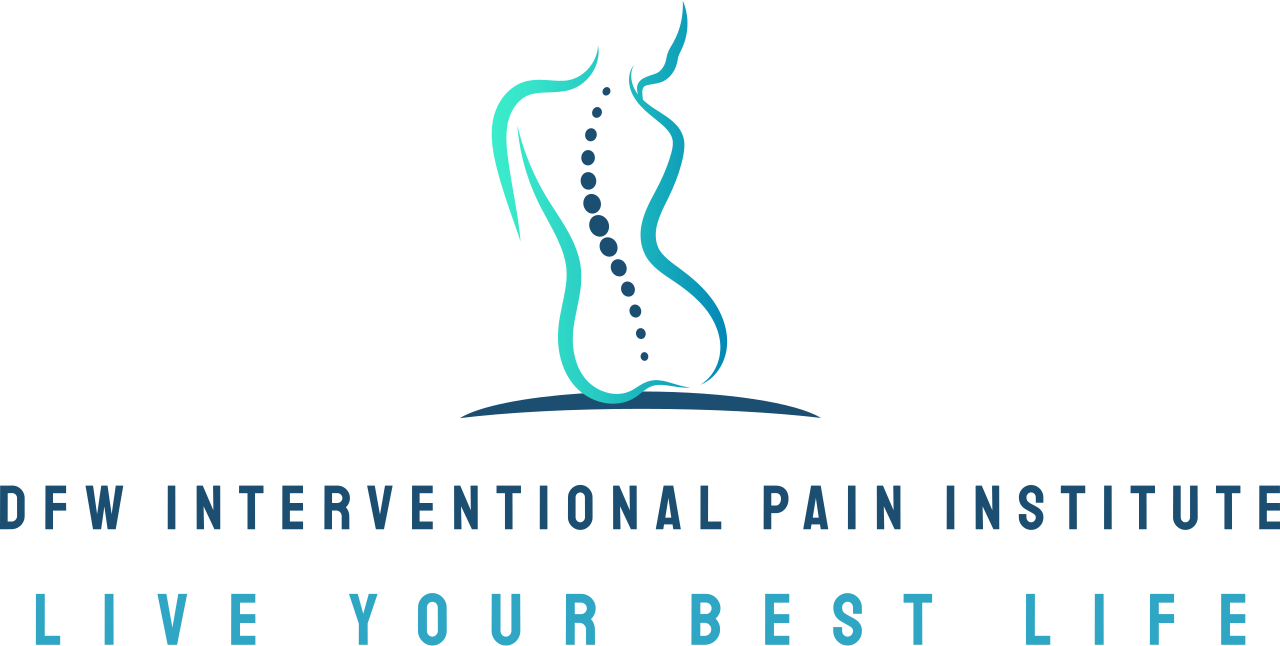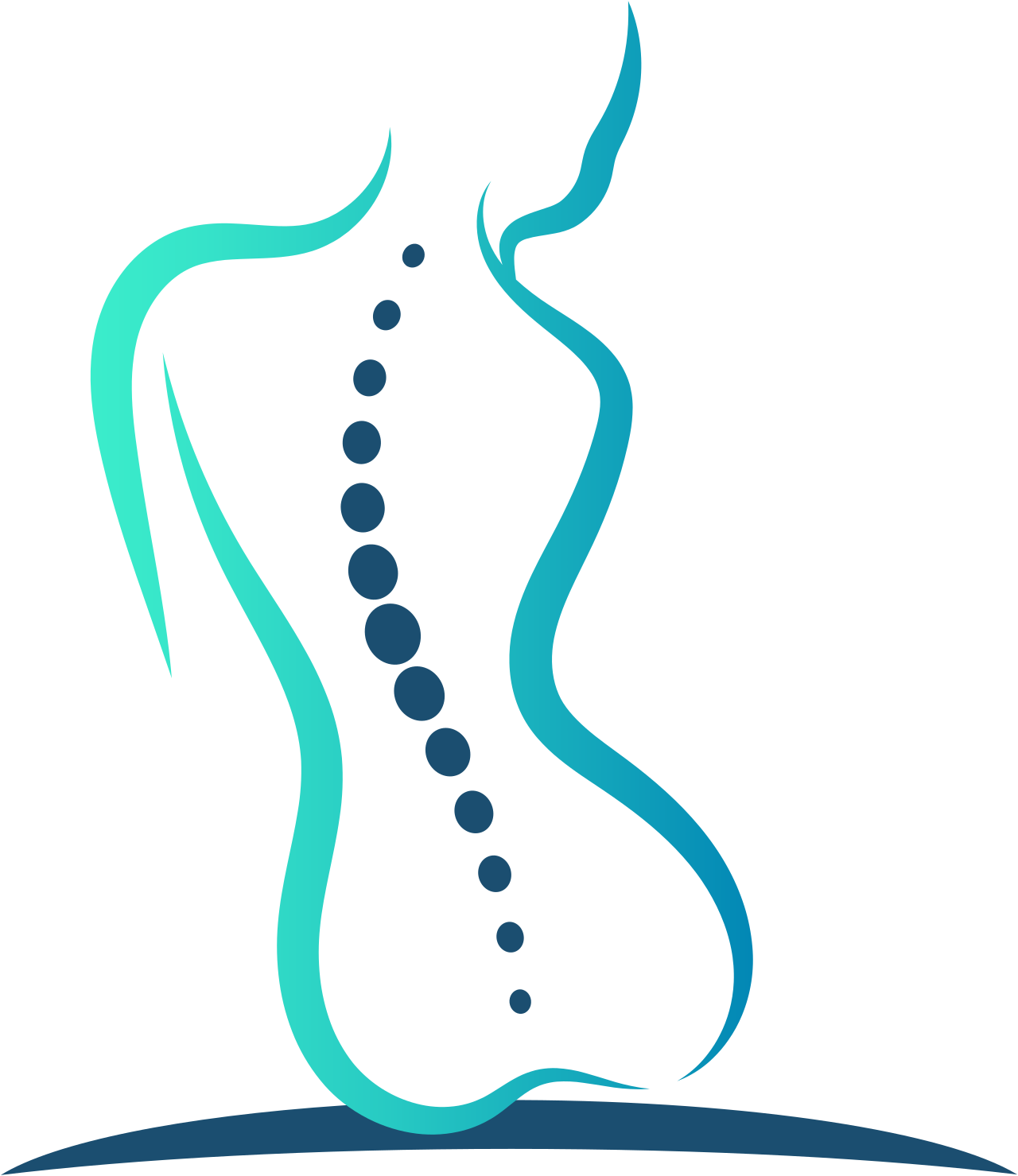Platelet-Rich Plasma (PRP) Injections: The cutting-edge treatment for arthritis pain
Arthritis is a debilitating condition that affects millions of people worldwide. It’s characterized by joint inflammation, stiffness, and pain that can worsen over time. If you're suffering from arthritis pain, you'll know just how much it can interfere with your daily life.
While there are several treatments available, many patients are turning to platelet-rich plasma (PRP) injections as a cutting-edge, regenerative medicine therapy for arthritis pain. In this blog post, we’ll discuss everything you need to know about PRP therapy for arthritis, including how it works, the types of arthritis it can treat, and its potential benefits.
Regenerative medicine for treating chronic pain
While traditional treatments such as physical therapy and anti-inflammatory medications can help reduce arthritis pain, regenerative medicine is becoming an increasingly popular option. Regenerative medicine focuses on using the body’s own healing mechanisms, such as stem cells and growth factors, to promote tissue repair and regeneration. PRP therapy is a type of regenerative medicine that uses the patient’s own blood plasma to treat arthritis pain.
Dr. Edrick Lopez is dedicated to using the most innovative and helpful treatments for his patients, and regenerative medicine is one of his favorite methods of treating arthritis pain. As a Harvard-educated physician, Dr. Lopez has been in practice for many years and works closely with his patients to find the best treatment options for their specific pain. After a consultation, Dr. Lopez will diagnose and determine if PRP injections might be right for your personal treatment plan.
What are platelet-rich (PRP) injections?
Platelet-rich plasma (PRP) injections are a therapeutic procedure that utilizes a concentration of a patient's own platelets to expedite the healing of injured tendons, ligaments, muscles, and joints. This procedure is performed under ultrasound guidance to ensure precise placement of the PRP. Patients' blood is drawn and then spun in a centrifuge to separate the platelets from the rest of the blood components. The concentration of platelets is then injected back into the area of injury or damage.
Platelets are a type of blood cell and are rich in growth factors—proteins that aid in the healing process. When PRP is injected into the damaged area of the body, it can stimulate a stronger inflammatory response and speed up the recovery process. The high concentration of growth factors in the PRP can potentially speed up the healing process.
PRP therapy is a relatively safe procedure due to its autologous nature, which means it comes from the patient's own body. This reduces the risk of an allergic reaction or infection. Although how effective it is can vary from patient to patient, PRP therapy is increasingly recognized as a promising treatment for chronic degenerative tendon problems, acute ligament and muscle injuries, and arthritis.
What makes PRP different from other treatments?
PRP therapy differs from other arthritis treatments in several ways. Unlike cortisone injections, which only provide temporary pain relief, PRP injections promote healing and tissue regeneration. Additionally, PRP therapy doesn’t have the side effects associated with opioid pain medications, which are highly addictive and can lead to long-term health problems. PRP injections are also minimally invasive, require no downtime, and are generally well-tolerated by patients.
Types of arthritis treated with PRP therapy
PRP therapy can be used to treat several types of arthritis, including:
osteoarthritis,
rheumatoid arthritis
psoriatic arthritis
In addition to joint pain, PRP injections can also be used to treat tendon and ligament injuries.
What areas of the body can be treated with PRP injections?
Common areas of the body treated with PRP injections include the
knees
elbows
shoulders
hips
spine
In some cases, PRP therapy may be used in conjunction with other treatments, such as physical therapy, to achieve optimal results.
Other benefits of PRP therapy
PRP therapy has several benefits beyond arthritis pain relief. For example, it can be used to treat back pain, neck pain and sciatica. It’s also been shown to promote hair growth and wound healing. Additionally, PRP therapy may be more effective in older patients, who often have decreased healing capabilities due to aging.
PRP therapy is a cutting-edge, regenerative medicine therapy that offers hope for arthritis patients. Unlike traditional treatments, such as opioids and cortisone injections, PRP injections promote healing and tissue regeneration. As a minimally invasive, safe, and well-tolerated treatment, PRP therapy offers an exciting new option for patients suffering from arthritis pain. If you’re struggling with arthritis pain, it’s worth talking to your doctor about whether PRP therapy may be right for you. With PRP injections, you may be able to restore mobility, reduce pain and get back to doing the things you love.
Make an appointment with DFW Interventional Pain Institute to see if PRP injections are right for you
If you're looking to treat chronic pain with an innovative technology, seeing Dr. Lopez might be the first step in getting back the mobility that you love. Book an appointment with our office in Irving, TX and see how DFW Interventional Pain Institute can get you back to living your best life!

